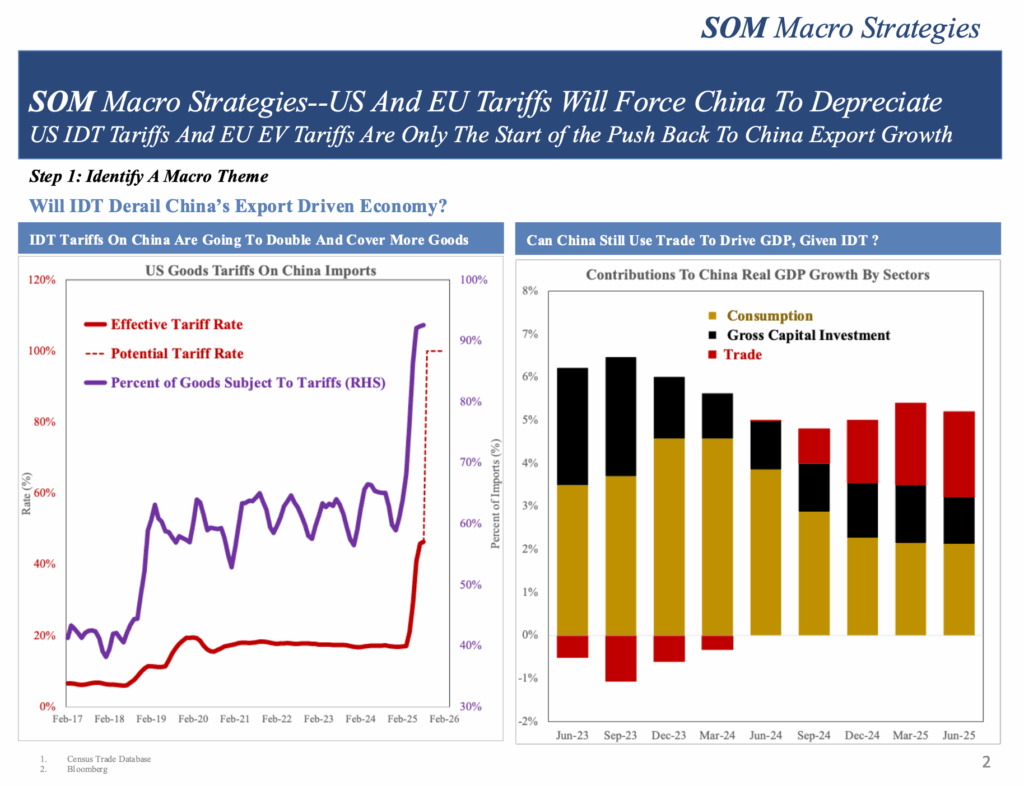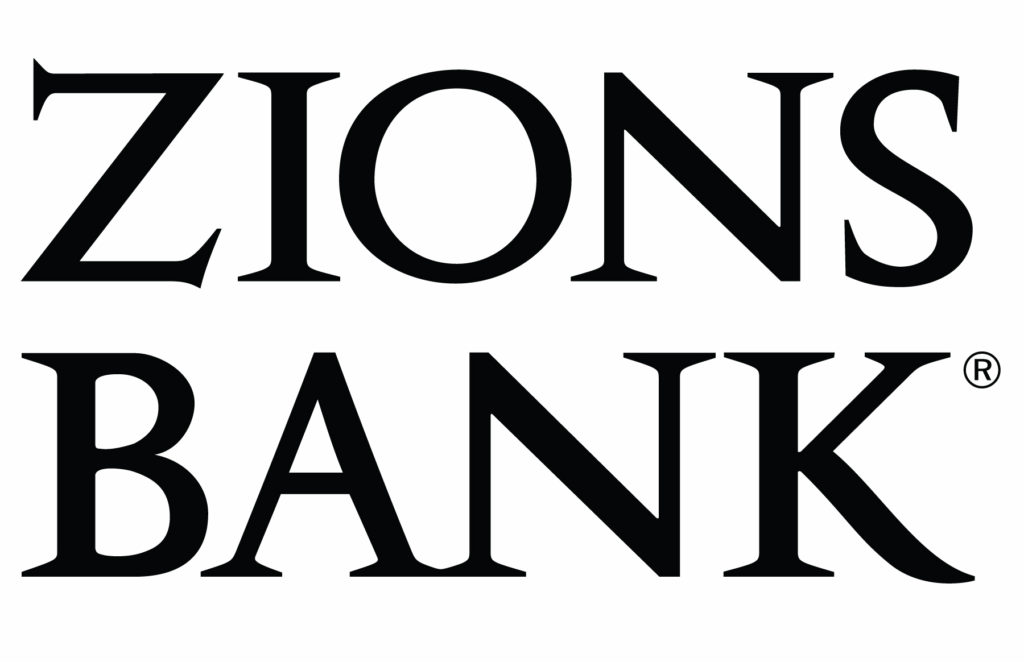Central banks across the world have been cutting their policy rates in unison since early May, in line with our forecast back in January that “policy rate cuts, which have all but disappeared since last Spring, may yet resurface in the second half of 2019 (see Forecast Update: Brexit, FX, central banks & GDP growth, 18 January 2019).
Our measure of the GDP-weighted average of central bank policy rates in developed and emerging market (EM) economies has fallen 32bp since late-April to 2.40%, with developed and EM central bank policy rates down respectively 26bp and 43bp to 0.8% and 5.1%.
Moreover, the ECB announced a resumption of its QE program as of November to the tune of €20bn per month, with the ECB and SNB also introducing tiered interest rates for banks.
One recurring theme is that with policy rates already low (and in some cases in negative territory) central banks have very little, if any, ammunition left and that in any case monetary policy easing measures will do little to reflate global economic growth and inflation, in part because the transmission mechanism is broken and/or distorted. As a result the ECB and IMF have called for more stimulative fiscal policies (and fiscal reform) to do some of the heavy lifting.
Our view is that central banks, in both developed and EM economies, have room to cut their policy rates further in coming months particularly as global headline and core CPI-inflation has fallen to the weak end of multi-year ranges. In most economies, central banks’ “real” policy rates are indeed still high relative to history and relative to global GDP growth which we estimate slowed to a 10-year low of 2.8% yoy in Q3 (see Figure 10).
We expect global core and headline CPI-inflation to stabilise and then rise in the next six months, as a result of the lagged impact of policy rate cuts in the past five months and recent spike in crude oil prices, but this does not negate further modest rate cuts.
The recent turmoil in the US repo market and rise in some key Eurozone inter-bank lending rates are, however, an extra hurdle for the Federal Reserve and ECB to address.
Central banks have room and justification to cut policy rates further
Central banks across the world have been cutting their policy rates in unison since early May, in line with our forecast back in January that “policy rate cuts, which have all but disappeared since last Spring, may yet resurface in the second half of 2019 (see Forecast Update: Brexit, FX, central banks & GDP growth, 18 January 2019). Moreover, the European Central Bank (ECB) has also announced a resumption of its quantitative easing program as of November to the tune of €20bn per month. The ECB and the Swiss National Bank have also introduced tiered interest rates for banks in order to alleviate the cost of holding excess reserves at negative interest rates.
One recurring theme is that with policy rates already low (and in some cases in negative territory) central banks have very little, if any, ammunition left and that in any case monetary policy easing measures will do little to reflate global economic growth and inflation, in part because the transmission mechanism is broken and/or distorted. As a result there have been growing calls, including from the ECB and IMF, for more stimulative fiscal policies (and fiscal reform) to do some of the heavy lifting.
Our view is that central banks, in both developed and emerging market economies, have room to cut their policy rates further in coming months particularly as CPI-inflation remains subdued from a historical perspective. Put differently, in most economies, central banks’ “real” policy rates are still high relative to history and relative to global GDP growth which we estimate slowed to a 10-year low of 2.8% yoy in Q3.
We expect global core and headline CPI-inflation to stabilise and then rise in coming months, as a result of the lagged impact of policy rate cuts in the past five months and the recent spike in crude oil prices, but this would not negate more rounds of central bank rate cuts. The recent turmoil in the US repo market and rise in some key Eurozone inter-bank lending rates are, however, an extra hurdle for the Federal Reserve and ECB to address.
Central banks have cut policy rates but (nominal) global rate not low relative to history
Our measure of the GDP-weighted average of central bank policy rates in developed and emerging market (EM) economies has fallen 32bp since late-April to 2.40%, with developed and EM central bank policy rates down respectively 26bp and 43bp to 0.8% and 5.1% (see Figure 1).
Figure 2 shows that year-to-date only two major central banks, the Norges Bank and Czech National Bank, have hiked their policy rates.
Nevertheless, the (nominal) global central bank policy rate is still about 38bp higher than the multi-year low of 2.0% hit in late-2016 and 20bp higher than the average policy rate which prevailed in 2016-2018 (see Figure 1).
- The developed central bank policy rate is currently 70bp higher than the multi-year low of just 0.1% recorded in late-2016, with the Federal Reserve’s 175bp of rate hikes in 2017-2018 admittedly accounting for the bulk of the increase.
- The emerging market central bank policy rate is currently about 26bp higher than the multi-year low of just 4.9% recorded 18 months ago.
Central bank rate cuts have mirrored fall in global CPI-inflation
Moreover, the 32bp fall in the global central bank rate policy rate since end-April has mirrored a fall in global CPI-inflation. Our GDP-weighted measures of global year-on-year headline and core CPI-inflation fell by respectively 0.43 percentage points and 0.15pp between end-April and end-August, to respectively 2.0% (the weak end of a 1.9-2.9% range in place since end-2016) and 1.9% (the low since May 2017), as depicted in Figure 3). Core CPI-inflation, which strips more volatile food and energy prices, has unsurprisingly been more stable than headline CPI-inflation.
This fall in year-on-year headline and core CPI-inflation, which we had predicted last year, can be in part attributed to:
- Global central bank policy rate hikes in H2 2018 lowering inflation expectations and in turn consumption (we estimate the lag to be around three months);
- Global central bank policy rates hikes in H2 2018 depressing global GDP growth to about 2.8% yoy in Q3, its weakest rate since late-2009 (we estimate the lag at about one year – see Figure 4); and
- Relatively depressed international oil prices.
We estimate that on average changes in the global central bank policy rate and in the international oil price take about six months to feed through fully to CPI-inflation, as depicted in Figure 5 (see Problematic central bank tracking of rising headline CPI-inflation( 29 October 2018) and Global central bank rate hikes: part solution, part problem (21 December 2018).
The deflationary impact of higher central bank policy rates has admittedly been stronger in emerging market economies (see Figure 6) than in developed economies (see Figure 7).
The fall in year-on-year headline CPI-inflation in the past 12 months has been broad based, with only a handful of (emerging market) economies recording a rise (see Figure 8).
The fall in core CPI-inflation has unsurprisingly been less pronounced. However, while core CPI-inflation in Central European economies, Russia and Malaysia has risen materially and been broadly stable in developed economies, it has fallen by about 0.8pp in emerging market economies as a whole, with Asian economies (India, Philippines, Singapore and Taiwan), Turkey and Nigeria recording particularly large falls (see Figure 9).
Global central bank “real” policy rate range bound, despite slowing global GDP growth
As a result, the global central bank policy rate deflated by CPI-inflation (the “real” policy rate) has been largely range-bound since December, at historically still high levels (see Figure 10). Deflated by headline CPI-inflation, the global central bank policy rate is currently 0.50%, broadly in the middle of a year-to-date range of 0.3-0.8% whereas it averaged -0.1% in 2017-2018 (see Figure 10). Deflated by core CPI-inflation, the global central bank policy rate is currently 0.62%, at the lower end of a year-to-date range of 0.6-0.8% but still 40bp higher than the average which prevailed between mid-2015 and end-2018.
While global central bank “real” rates are still high relative to recent history, the picture is nevertheless differentiated at a country level. Economies which have experienced a rapid rise in CPI-inflation, such as Central Europe, Russia and Malaysia (see Figures 8 & 9), or where the central bank has cut rates aggressively, such as New Zealand (see Figure 2), the central bank “real” rate has fallen sharply (see Figure 11), implying that interest rate policy has become materially more stimulative – a theme we will explore in a future FIRMS report.
Further policy rate cuts alongside higher inflation justifiable given global growth outlook
Based on the historical, lagged, inverse relationship between the global central bank policy rate and global GDP growth and CPI-inflation, and factoring in the recent jump in the price of crude oil to $62/barrel, we expect central bank rate cuts in the past five months to result in a slow increase in global headline and core CPI-inflation over the next six months (see Figures 5-7). Moreover, we would expect GDP growth to slow further in Q3 and Q4, before stabilising in H1 2020 and slowly recovering in H2 2020 (see Central banks to the rescue…with a lag, 27 August 2019).
However, a modest rise in global CPI-inflation alongside further modest central bank rate cuts in coming months would only result in the global central bank “real” policy rate falling in line with the levels which prevailed in recent years when global economic growth was materially stronger than currently. For example, we would argue that a fall in the global central bank policy rate deflated by core CPI-inflation from around 0.6% currently to nearer 0.1% (the rate which prevailed between Q3 2015 and Q1 2017) would be appropriate given that recent rate cuts are only likely to take GDP growth back up to around 3.0% yoy next year – well below average GDP growth of about 3.6% in 2016-2018 (see Figure 12).
Put differently, a modest fall in the “real” policy rate would be more than justified given depressed global GDP growth and the headwinds it faces, including from the ongoing US-China trade war.
Transmission from policy rates to growth and inflation reliant on functional rates markets
The extent to which past (and possible future) central bank rate cuts feed through to higher inflation and GDP growth will partly be conditional on the proper functioning of interest rate markets, commercial banks’ financial health and the willingness and ability of banks to lend and of consumers and investors to borrow, consume and invest.
The ructions in the US repo market last week and the increase in some key inter-bank lending rates in the Eurozone (despite the ECB cutting its deposit rate 10bp to -0.50% on 12th September) were warning shots that the Federal Reserve and ECB (and other central banks for that matter) may need to intervene if necessary to ensure that lending rates, across the maturity spectrum, continue to broadly reflect the level and changes in their official policy rates.
Early last week, US overnight borrowing rates in the repurchase (repo market), which reflect the rate at which financial institutions swap US Treasuries for cash, suddenly rose to 10% from from their normal level of 2.0-2.5% (the target range for the Fed funds rate before the Fed cut its policy rate 25bp to 1.75-2.00% on 18th September). The Fed reacted by injecting $278bn of liquidity into the overnight repo market over four days (the first time since 2008) and said it would offer a series of overnight and term repos in coming weeks.
The ensuing post-mortem of this spike in the repo rate has pointed the finger to a temporary mismatch between the demand for funding and the availability of cash exacerbated by a number of factors, including:
- A tax deadline of 15th September for US companies;
- The $54bn settlement of Treasury coupons on 16th September;
- Additional need for funding following the unexpected surge in the crude oil price on 16th September due to the drone strike on oil installations Saudi Arabia;
- Banks holding onto cash reserves at end-quarter for regulatory purposes;
- The Treasury bumping up bond issuance to replenish coffers depleted in the run-up to the last debt-ceiling crisis; and
- The Federal Reserve unwinding its balance sheet or “reverse QE” (which is due to end this month).
The Federal Reserve will now be more attuned to potential mismatches between the demand and supply of cash while its decision to end its balance sheet unwind in September will at the margin reduce the demand for cash. However, it is conceivable that pressure in the US repo market may again build up towards the end of Q4. Watch this space.



















